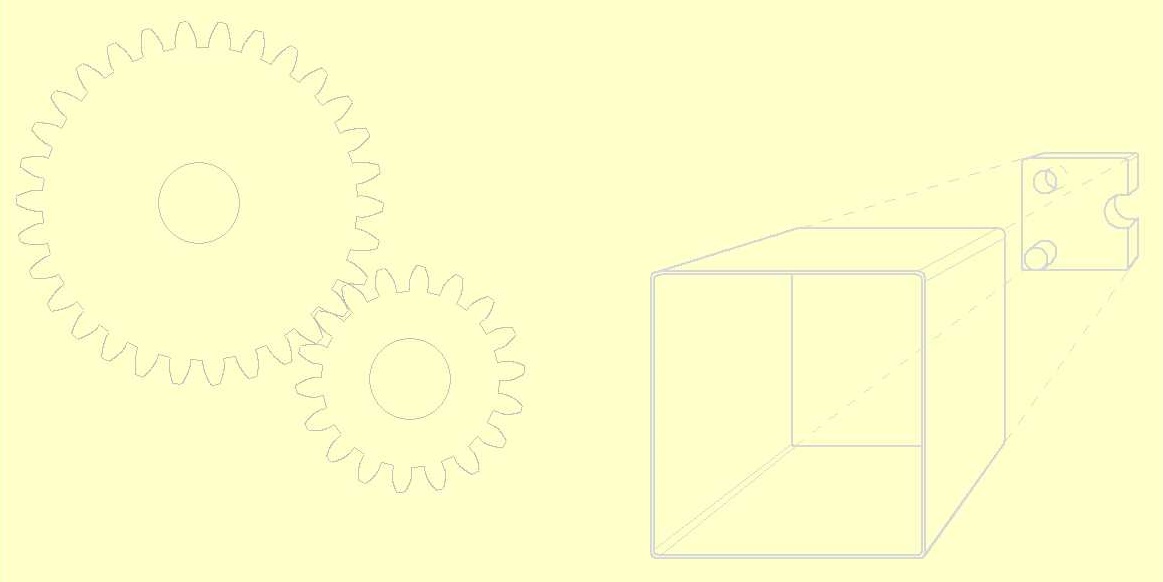

The DMD is a geometrical parameterization technique using a modal space projection to geometrically describe surfaces.

Moreover, we introduce the innovative use of Discrete Modal Decomposition (DMD) to analyze network predictions.

We firstly study prediction performances using different image similarity comparison algorithms. Our dataset is really small and the GAN learns to translate thermography to geometry. In this paper, we use recent success of Generative Adversarial Networks (GAN) with the pix2pix network architecture to predict the final part geometry, using only hot parts thermographic images, measured right after production. Thus, the final part geometry must be predicted from measurements on hot parts. To guarantee the product’s quality, it is necessary to adjust the process settings in a closed loop.Those adjustments cannot rely on the final quality because a part takes days to be geometrically stable. Just holler if you would like more tips.Geometrical and appearance quality requirements set the limits of the current industrial performance in injection molding. After drawing, you could use the rectangle as the dwg border or put it in a non printable layer so it doesn't print, if deltacad offers that. Look at shapes for a rectangle or use lines to make the rectangle.
Deltacad register how to#
Zoom all or zoom extents to get the display to show the full rectangle and you can see how to position the parts in the dwg to keep them inside the printing area scaled. So, using 0,0 as a starting point, you might make a rectangle whose diagonal points are 0,0 and 28,40. The easiest way to keep things inside the dwg area is to draw a rectangle representing the paper dwg area scaled. To maximize the use of the drawing area, you might pick a dwg scale of 1"=4" which would give you a scaled area of 28"x40" within the 7x10 dwg area on paper. If you want to draw something 36" wide and 24" high, then the dwg must be scaled to fit the 36" inside the paper area and keep the drawn items in correct scale to each other. You could round that to 7x10 to keep things simple. If you are using 8x11, then you have about 7.5x10.5 of useable area on the paper. You should have some idea of how large the thing is you want to draw and you know what paper sizes you can print on with your printer. Now you can move the view around with the dwg window sliders to get 0,0 in the lower left. Now, you can find 0,0 on the screen by putting in a point or starting a line from 0,0 by typing 0,0 as the point or start point. You should also think in terms of an xy coordinate system with 0,0 as the origin. As DOW noted, 0,0 in the lower left corner works good for most of us. Usually, it's easier for us to think in terms of an absolute starting point so we can envision the dwg and start constructing the plan. Your reference point is really just a concept because you can start dwg anywhere you want. I'm not a deltacad user, but I do use cad. If you want the line to go to the left, then enter a negative value. An easier way (at least for me) is to click where you want the line to start, and then 12 (there will be a place to enter it in the bottom left corner. you CAN select the horizontal line tool and then click where you want to start and drag to the right or left until the coordinate reading tells you that you've gone far enough. You can also specify the initial scale and position in the Options menu.Īnother tip: Let's say that you want to draw a horizontal line 12" long.

1" = 12', go to OPTIONS, then DRAWING SCALE. As you work on parts of a drawing, you can adjust how much you see of it with the SCALE button and arrows, also in the bottom right corner. I ALWAYS start my drawings with the extreme bottom left corner at coord. As you move your pointer, these coordinates will change. In the bottom right corner of the deltacad screen, there is a pair of coordinates.


 0 kommentar(er)
0 kommentar(er)
